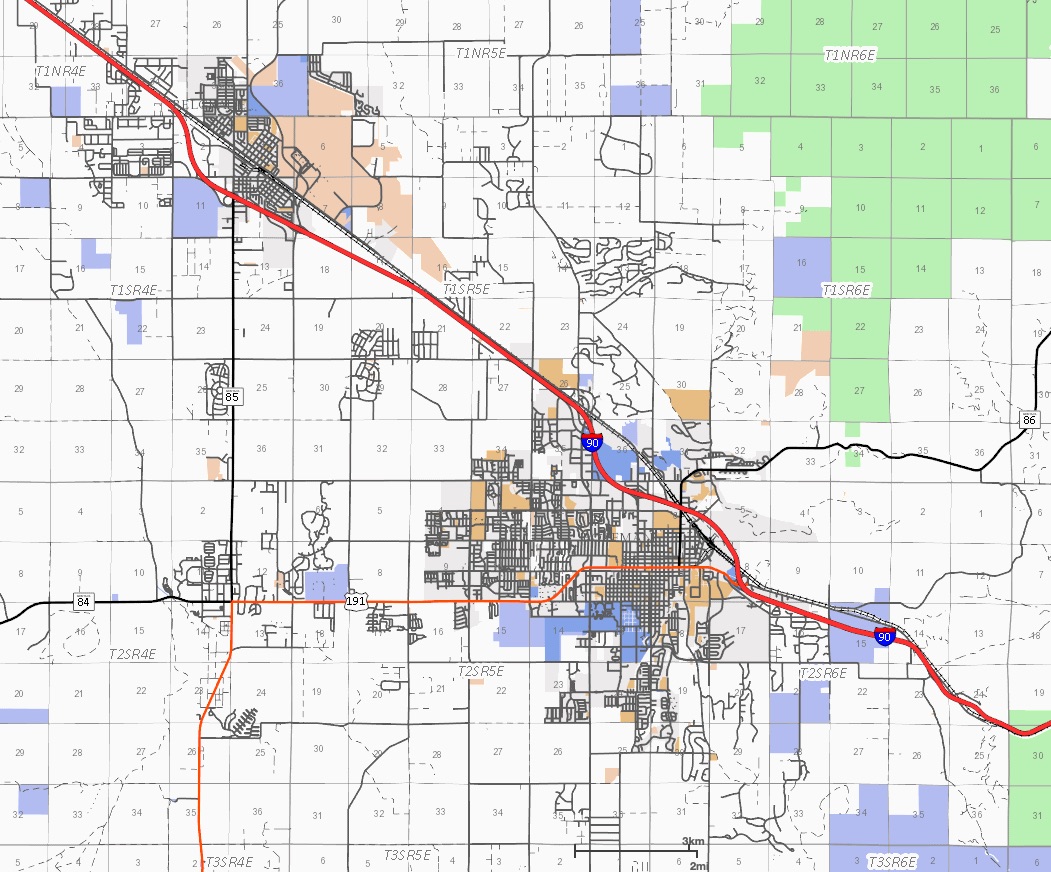
Make adjustments accordingly and your gardening will be more successful. But also remember your soil type and our high and dry climate. This winter, when you are planning your spring plantings, use USDA hardiness zones as a guide. Plants such as blueberries, rhododendrons, hydrangeas, and even some maples, need acid soils to thrive, but our soils in the Valley tend to be alkaline, ranging in pH from 7.0 to 7.4, even higher in areas around Manhattan and Three Forks. Use the icon below for the best print or email format. Many plants do not grow well in the heavy, poorly drained soils which are common to our area. Home Planting Calendar for Bozeman, MT Enter your location For the Almanac's fall and spring planting calendars, we've calculated the best time to start seeds indoors, when to transplant young plants outside, and when to direct seed into the ground. SOIL TYPE AND pH: The USDA hardiness zones do not take into account soil variations. When planted at a high elevation, late season apples like Honeycrisp won’t have time to ripen. Some late-blooming perennial flowers listed as hardy in Zone 3 might grow OK in higher elevations but never bloom because the season is so short. LENGTH OF GROWING SEASON: In high elevations the growing season is short, fewer than 90 frost-free days in some places. They grow better in locations where there is more humidity and winter cloud cover to protect their needles from winterburn. Evergreens such as white pine and balsam fir might be listed as Zone 3 but will not thrive here. RAINFALL AND HUMIDITY: Bozeman’s average annual precipitation is 19.3 inches and Belgrade’s is 14.8 humidity is low both summer and winter. DONT PROCRASTINATE GETTING THE PARTS YOU NEED FOR YOUR. The next spring many green ash, flowering crabs, and quaking aspen trees never leafed out. Next time you search car parts near me or auto parts near me, be sure to stop by the closest store.

On October 12, 2009, after a mild start to fall, the temperature dipped to a record low of 9 degrees. These extremes can damage the tender buds of plants that have not fully reached dormancy. For instance, the Gallatin Valley might be 30 degrees below zero on a winter day and the next day, a Chinook wind will warm the air to 50 degrees. TEMPERATURE VARIATIONS: Inland mountain climates have extreme temperature variations. Temperature extremes, elevation, rainfall, humidity, length of growing season, and soil type are not taken into account when determining these zones but are important when determining a plant’s ability to thrive in a certain area. Because of warmer weather in the years 1974 to 1986, the revised 1990 map listed Bozeman as Zone 4B and we are still listed as Zone 4B on the 2012 version.īozeman and surrounding area gardeners and need to realize that these hardiness zones are only guidelines.
#Bozeman montana time zone code#
Users can type in their zip code when on the web site () and find the hardiness zone for their area.īefore the USDA did their 1990 overhaul, Bozeman was listed between hardiness Zones 3 and 4. This map is available as an interactive GIS-based (Geographic Information System) for which a broadband Internet connection is recommended. In 2012 the USDA released a new map adding two new climate zones, 11 and 12. One new zone was added and the 10 degree gradients were broken down into 5 degree “A” and “B” zones, an improvement for us gardeners. According to an affidavit of probable cause, Bozeman police officers. Then, in 1990 a major overhaul of the map was completed using temperature data from 1974 to 1986. Full-time, Part-time Butte, MT 59701 Urgently Hiring Apply Now Constellis Guard. The USDA published their first Plant Hardiness Zone map in 1960 making 10 hardiness zones in the United States based upon 10 degree Fahrenheit gradients. The US Department of Agriculture has based these zones on average annual minimum temperatures during a period of years and put them on a map so anyone can easily tell what zone they live and garden in. First-time jumpers are especially welcome, since we offer tandem skydiving that you can enjoy with minimal preparation and training.

This winter, when you’re studying gardening magazines and seed catalogs to decide what to plant next spring, do you ever wonder about the “Zone” numbers next to plant names? These numbers are supposed to tell us whether a plant will grow in an area. We’re located at 1680 3 Forks Airport Rd, Three Forks, MTjust a 30 minute drive from downtown Bozemanand we offer a skydiving experience that’s both convenient and unforgettable. Glacier Bank is the most popular bank in Bozeman with 4 branch offices, followed by First Interstate Bank with 4 branch offices and then Wells Fargo Bank, National Association with 2 branch offices.Plant Hardiness Zones-What do they mean? Are they important? By Jan Cashman 12/3/13


 0 kommentar(er)
0 kommentar(er)
